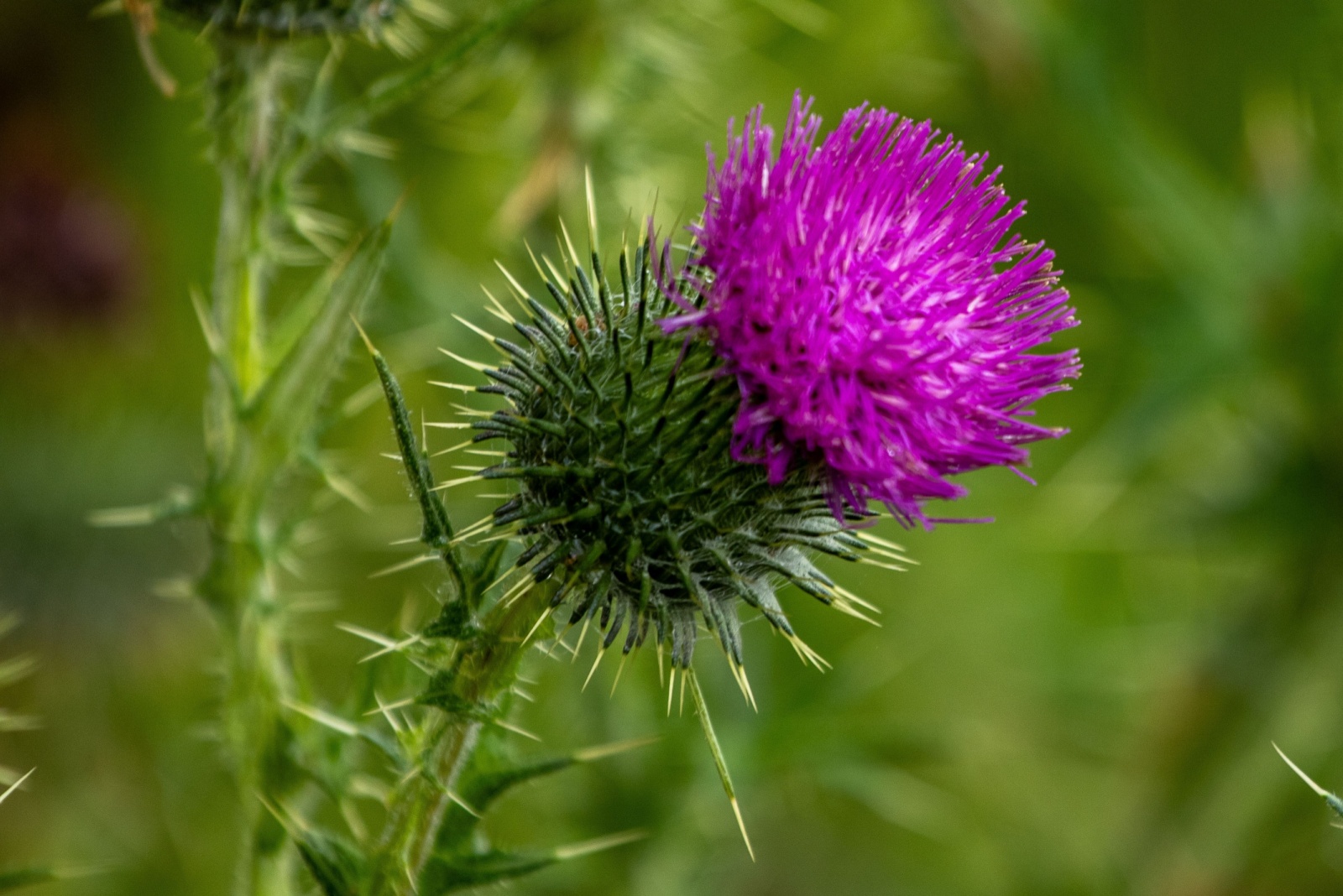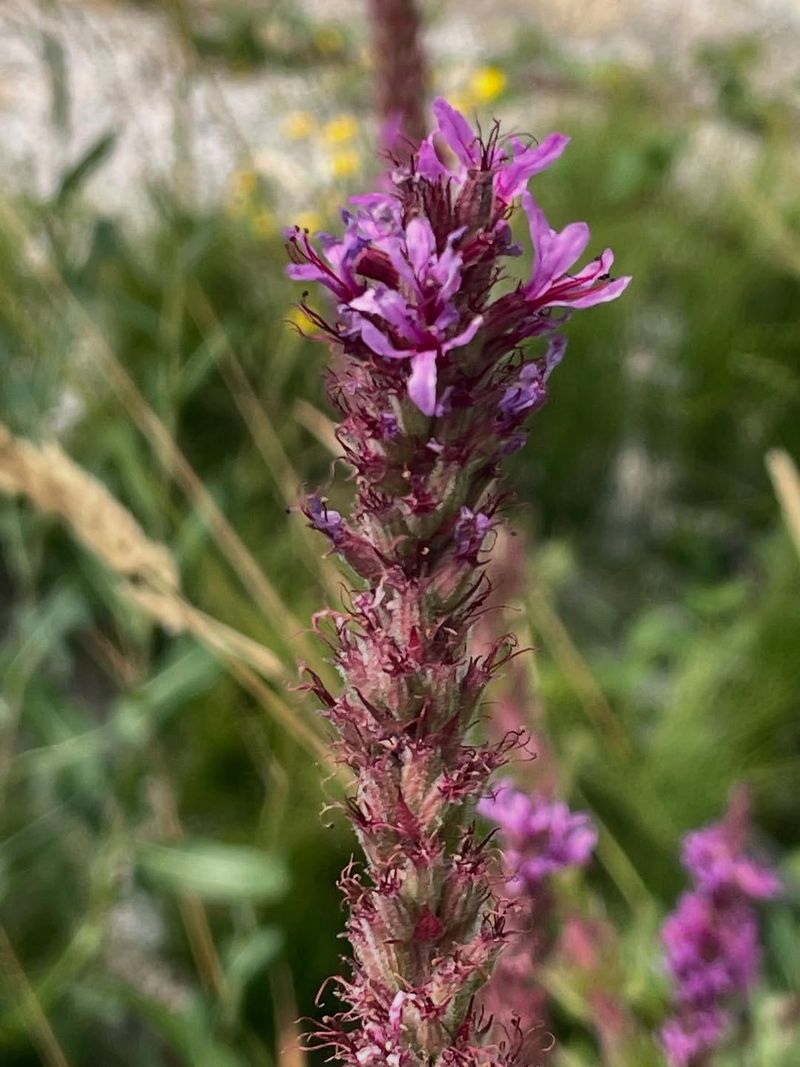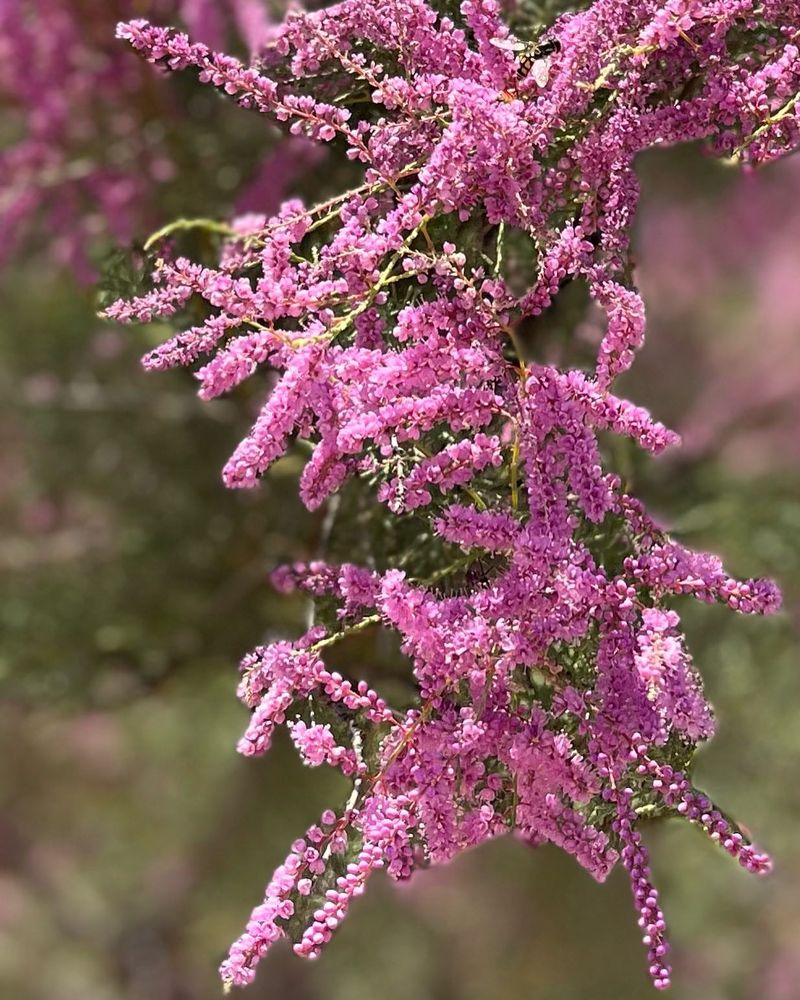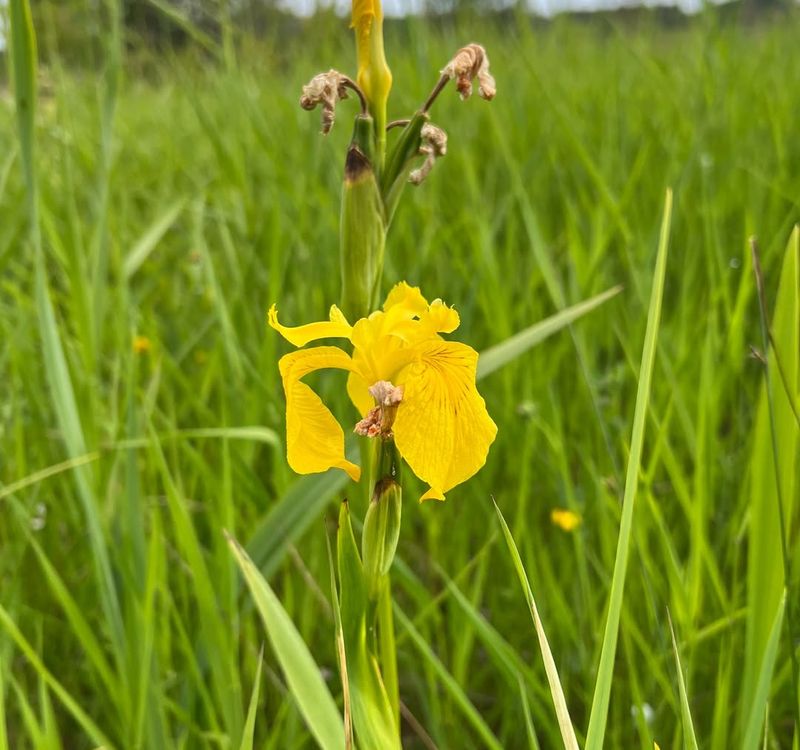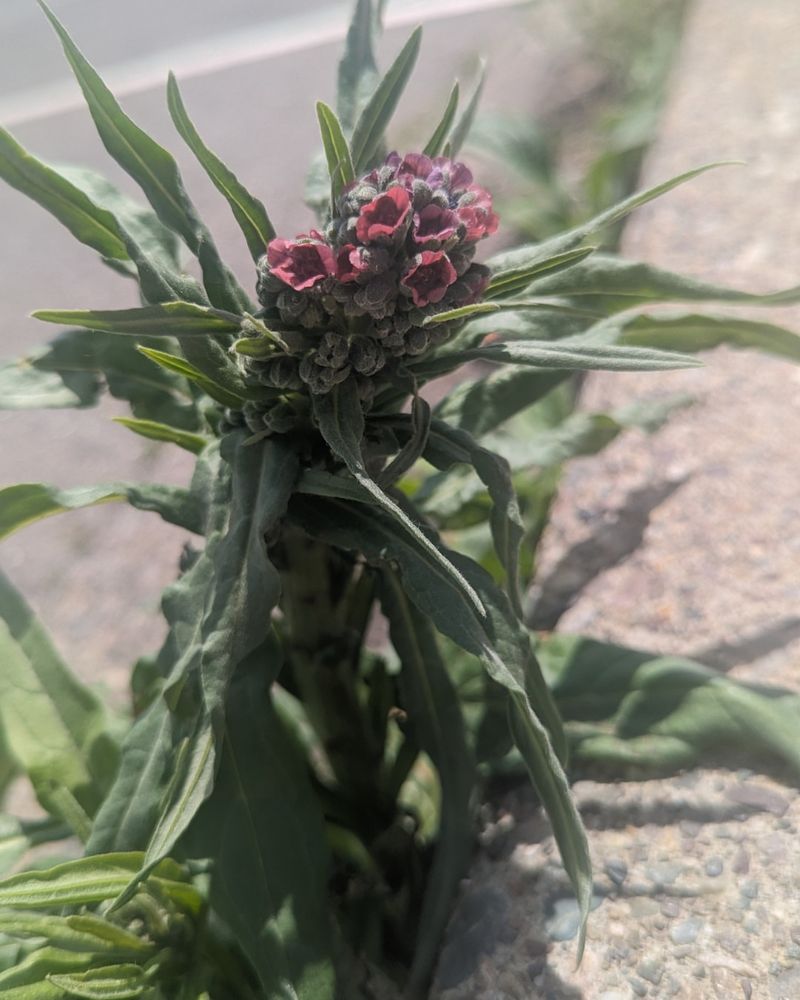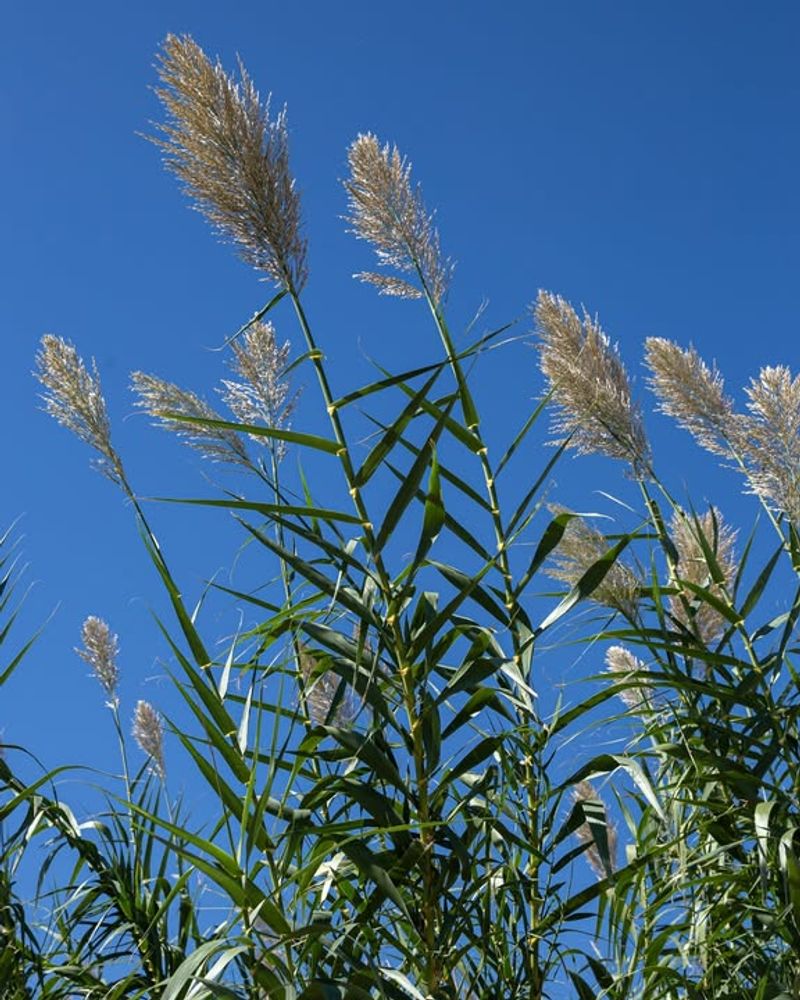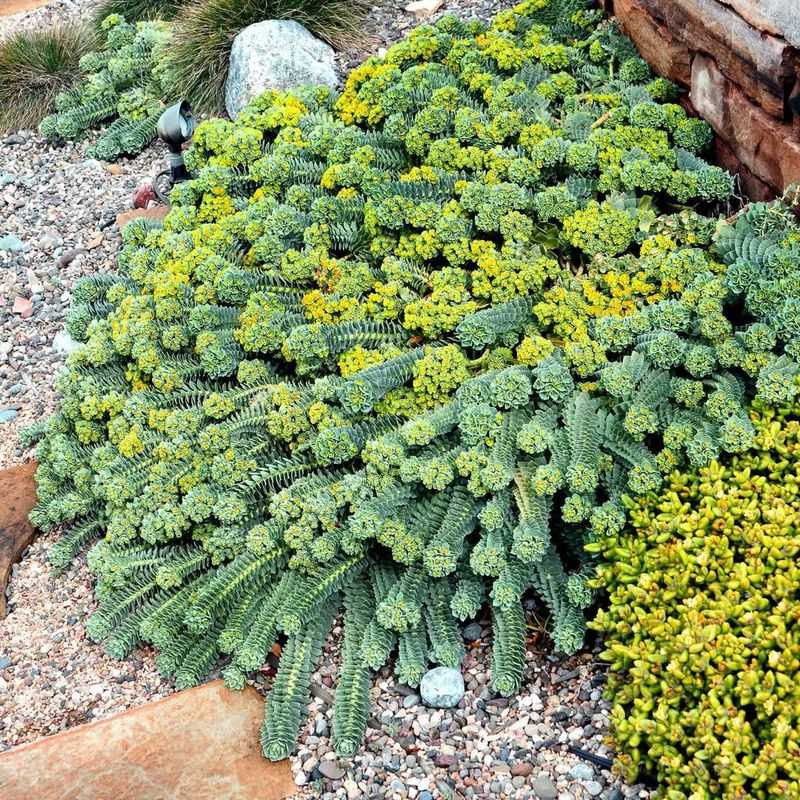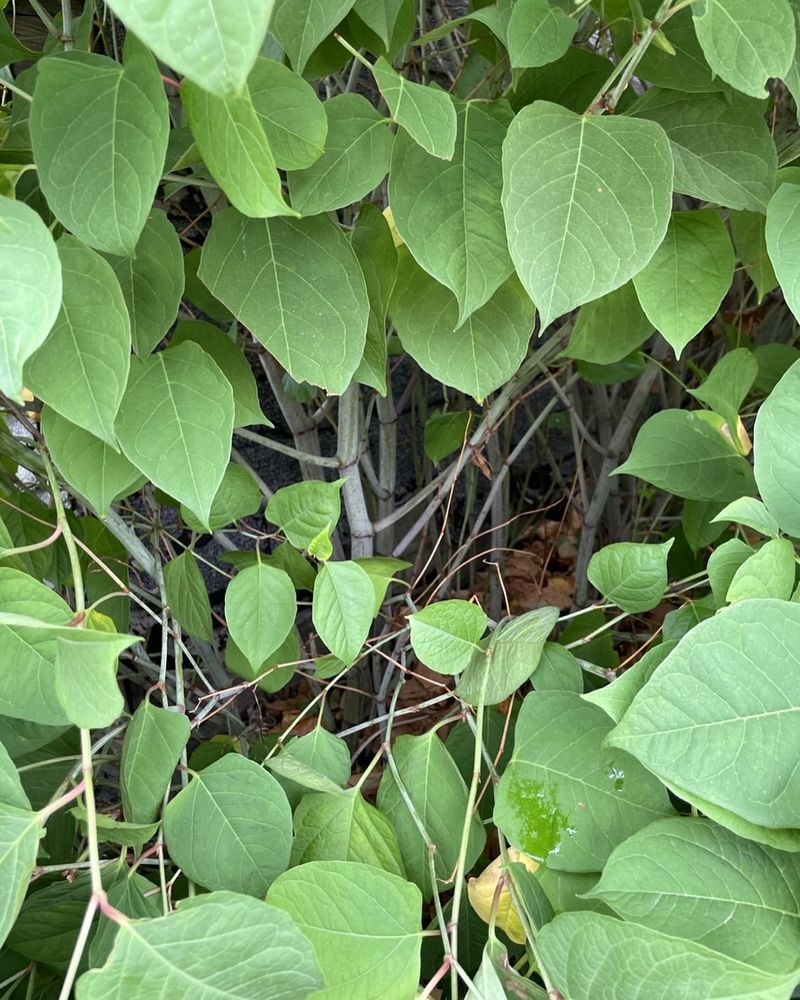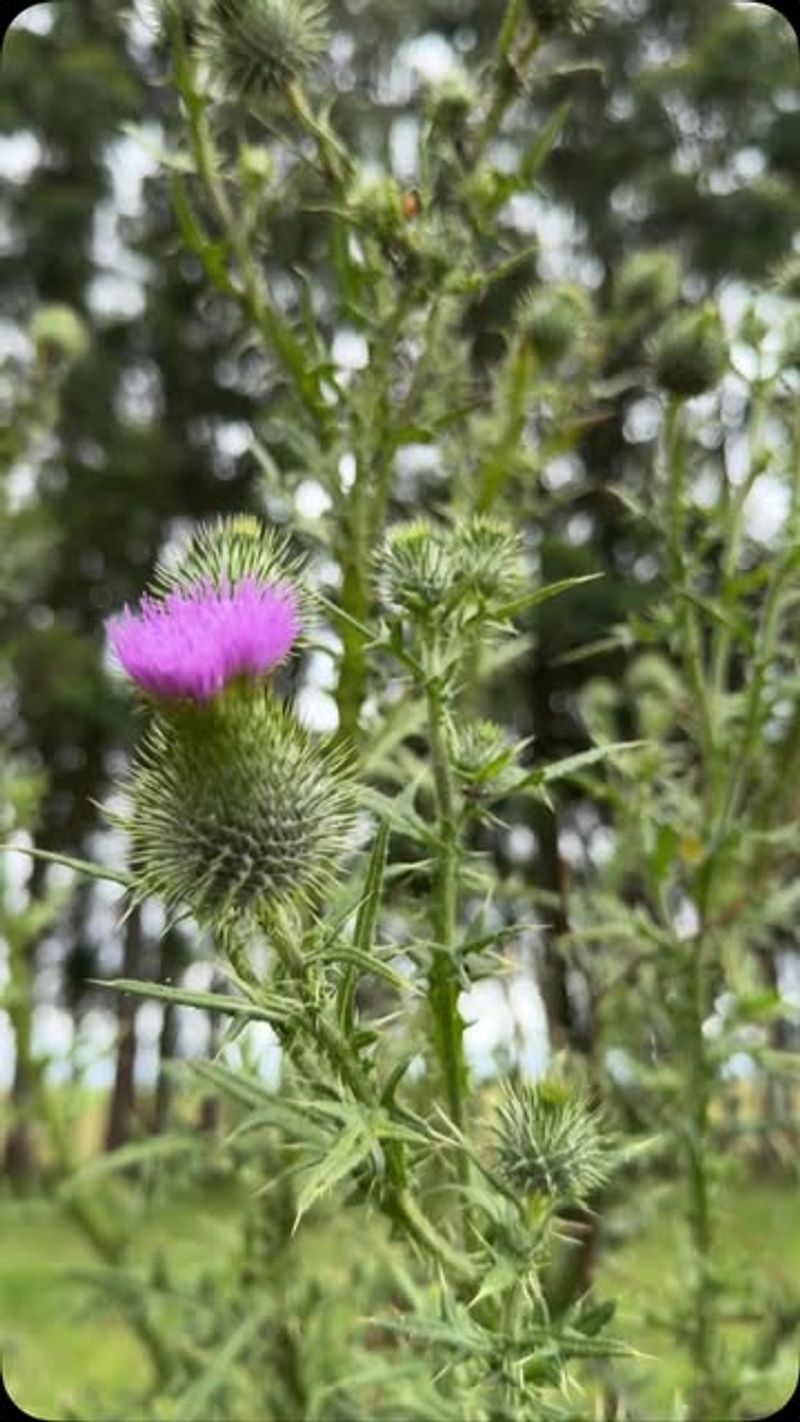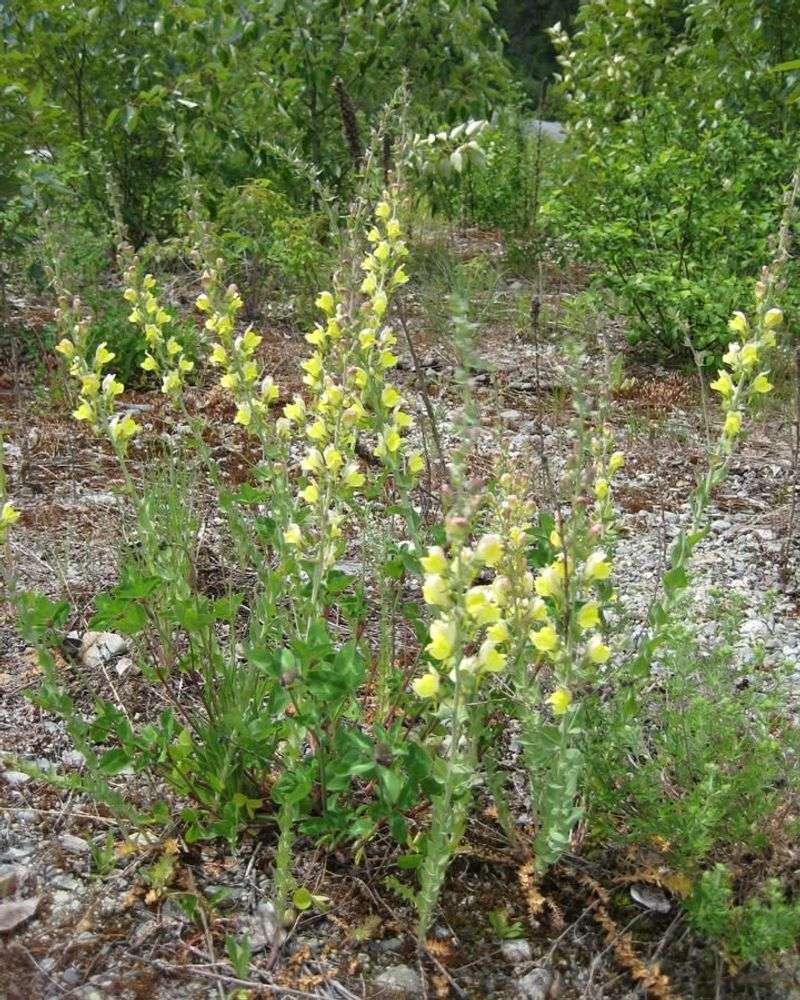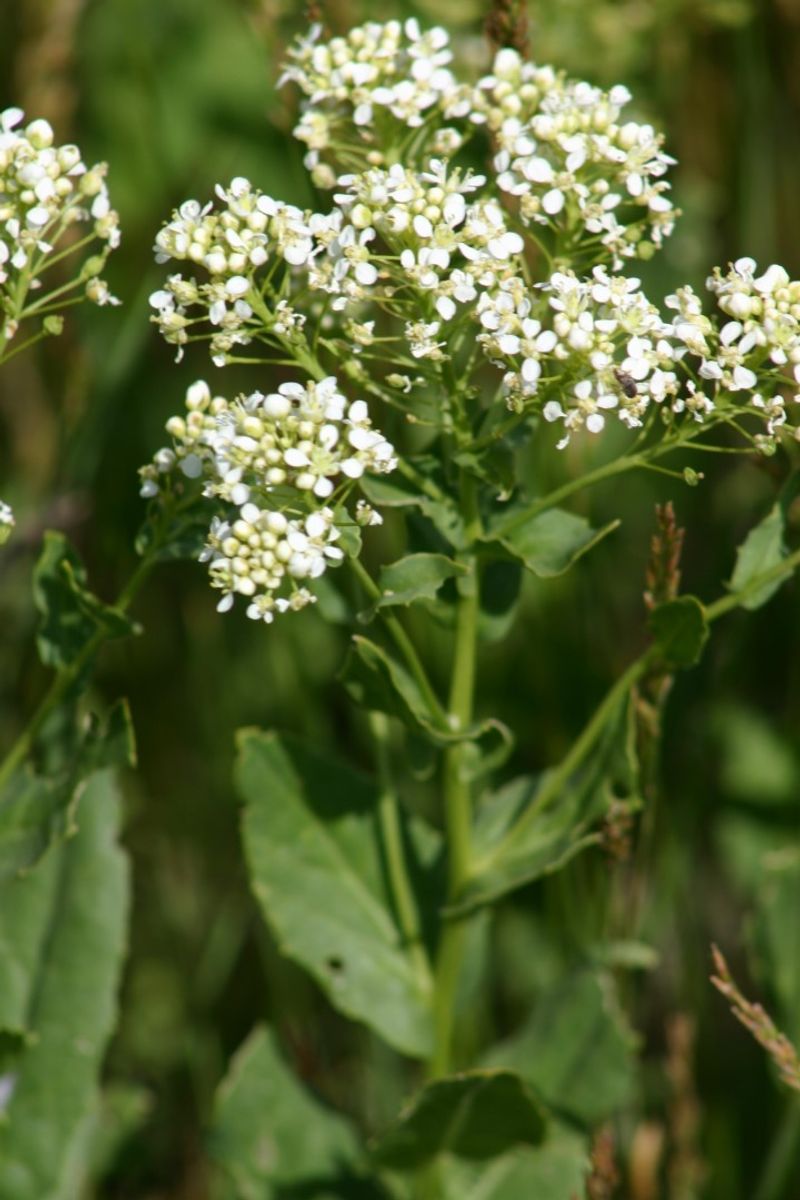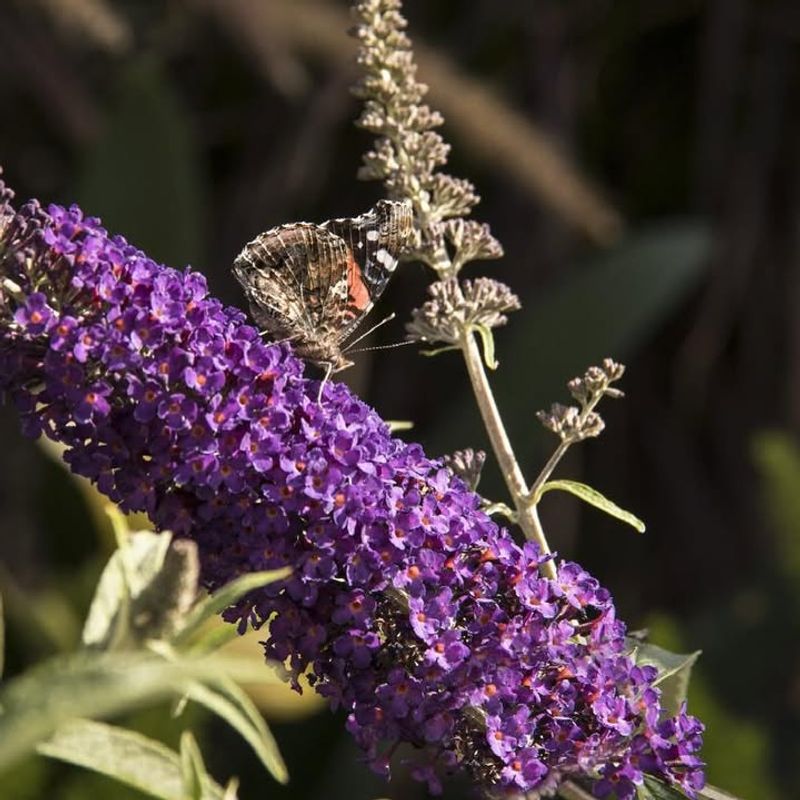Utah gardeners might soon face surprising restrictions on popular plants. State officials are considering new regulations to protect local ecosystems from invasive species that threaten native wildlife and water resources.
Some beloved garden favorites could end up on the banned list, changing what you can grow in your backyard forever.
1. English Ivy
Climbing walls and trees with ease, English ivy might look charming, but it’s a serious threat to Utah’s native forests. This aggressive vine chokes out local plants by blocking sunlight and stealing nutrients from the soil.
Once established, it spreads rapidly through underground roots and produces thousands of seeds. Wildlife habitats suffer when ivy takes over because native animals lose their food sources.
Removing this stubborn plant requires years of effort and can cost homeowners hundreds of dollars in labor.
2. Purple Loosestrife
Wetlands across Utah face danger from this beautiful but destructive flowering plant. Purple loosestrife produces up to 2.7 million seeds per plant each year, allowing it to dominate marshes and streams quickly.
Native cattails and rushes can’t compete with its aggressive growth patterns. Birds and insects that depend on native wetland plants lose critical breeding grounds when loosestrife invades.
Water quality also declines because this plant changes how nutrients cycle through aquatic ecosystems, harming fish populations too.
3. Tamarisk (Salt Cedar)
Few plants drain Utah’s precious water resources like tamarisk, which can consume 200 gallons per day. Originally brought from Asia as an ornamental shrub, it now dominates thousands of acres along Utah rivers and lakes.
Deep roots tap into groundwater that native plants desperately need during summer months. Wildlife avoids tamarisk thickets because they provide poor habitat and food compared to native vegetation.
Salt deposits left by tamarisk leaves make soil inhospitable for other plants trying to grow nearby.
4. Yellow Flag Iris
Garden ponds often feature this striking yellow-flowered iris, but it escapes into natural waterways with alarming frequency. Dense root systems called rhizomes spread horizontally underwater, forming impenetrable mats that block water flow in irrigation ditches.
Native aquatic plants get shaded out when yellow flag iris colonies grow too thick. Livestock and pets can suffer poisoning if they eat any part of this toxic plant.
Controlling established populations requires expensive herbicide treatments repeated over multiple growing seasons for complete elimination.
5. Perennial Pepperweed
Roadsides and disturbed areas throughout Utah are being overtaken by this aggressive member of the mustard family. Perennial pepperweed forms dense stands that prevent any other plants from growing, creating biological deserts in former grasslands.
Root fragments as small as one inch can sprout into new plants, making mechanical removal nearly impossible. Each plant produces thousands of seeds that remain viable in soil for years, ensuring future infestations.
Agricultural lands lose productivity when pepperweed invades because it’s toxic to livestock and ruins hay crops.
6. Giant Reed (Arundo)
Towering up to 20 feet tall, giant reed creates monumental problems for Utah’s water management. This massive grass blocks irrigation canals and increases flood risks by reducing channel capacity during spring runoff.
Wildlife can’t penetrate the dense stands, eliminating nesting sites for ground-dwelling birds. Fire danger escalates dramatically because dead canes accumulate and burn intensely, threatening nearby homes and structures.
A single plant can spread 30 feet in one year through underground rhizomes that are nearly impossible to kill completely.
7. Myrtle Spurge
Rock gardens across Utah feature this attractive succulent, but its toxic milky sap causes severe skin burns and eye damage. Myrtle spurge escapes from landscaping into natural areas where it outcompetes native wildflowers and grasses.
Seeds shoot several feet from mature plants, helping it colonize new areas rapidly. Grazing animals avoid it completely, allowing myrtle spurge to dominate rangelands while nutritious native plants disappear.
Pulling this plant without gloves can result in painful blistering that lasts for weeks after contact.
8. Japanese Knotweed
Nicknamed the most invasive plant in the world, Japanese knotweed can crack building foundations and buckle pavement with its powerful roots. This aggressive perennial spreads through tiny root fragments that travel in soil and water.
Growing up to four inches per day during summer, it quickly forms impenetrable thickets that exclude all native vegetation. Stream banks erode rapidly when knotweed replaces deep-rooted native plants that stabilize soil.
Professional removal often costs thousands of dollars and requires years of persistent treatment to achieve complete eradication.
9. Scotch Thistle
Covered in sharp spines from stem to leaf tip, Scotch thistle turns pastures into painful obstacle courses for livestock and wildlife. Each towering plant can reach eight feet tall and produce 20,000 seeds that spread on wind currents.
Ranchers lose valuable grazing land when thistle populations explode because animals refuse to eat near these painful plants.
Seeds remain dormant in soil for decades, sprouting whenever ground gets disturbed. Hikers and outdoor enthusiasts find trails impassable when Scotch thistle infestations block access to public lands.
10. Dalmatian Toadflax
Snapdragon-like flowers make Dalmatian toadflax seem innocent, but this garden escapee devastates Utah rangeland and natural areas. Waxy leaves resist herbicides, and extensive root systems allow it to survive fires, droughts, and freezing temperatures.
A single plant can produce 500,000 seeds that remain viable for ten years in soil. Native bunchgrasses that provide forage for wildlife and livestock get crowded out when toadflax spreads.
Biological control using specialized beetles shows promise, but manual removal only makes infestations worse by fragmenting roots.
11. Hoary Cress (Whitetop)
Blankets of white flowers might look pretty in spring, but hoary cress ruins agricultural fields and natural habitats throughout Utah. Root systems penetrate up to 20 feet deep, making this perennial nearly impossible to eliminate once established.
Each plant produces thousands of seeds plus spreads through root fragments that travel on farm equipment. Hay contaminated with hoary cress becomes worthless because livestock refuse to eat it.
Salt tolerance allows this invader to thrive in areas where native plants struggle, gradually converting diverse ecosystems into monocultures.
12. Periwinkle (Vinca)
Groundcover plantings of periwinkle frequently escape into forests and natural areas where they smother native wildflowers. Glossy evergreen leaves form dense mats that prevent tree seedlings from establishing, disrupting forest regeneration.
Trailing stems root at every node, allowing rapid expansion across woodland floors. Native spring ephemerals that bloom before trees leaf out can’t compete with periwinkle’s year-round foliage.
Removal requires digging up extensive root systems because even small fragments left behind will regrow into new infestations within months.
13. Butterfly Bush
Garden centers sell butterfly bush as pollinator-friendly, but it’s actually an ecological trap that harms native insects. While adult butterflies visit the flowers for nectar, the plant provides no food for caterpillars that need native host plants to survive.
Seeds spread easily through wind and water, allowing butterfly bush to colonize riverbanks and disturbed areas. Dense thickets shade out native shrubs that offer better habitat and food for wildlife year-round.
Sterile cultivars exist but often revert to fertile forms, making even improved varieties potentially problematic for Utah ecosystems.

